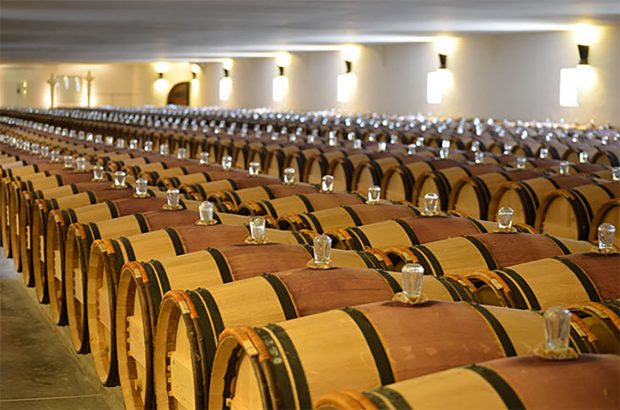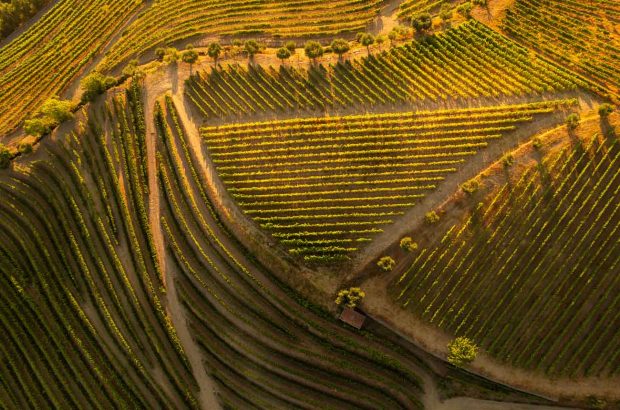If the role of a great wine, among others, is to speak deeply of its place of origin, then Chablis has surely earned its title of the world’s most distinctive Chardonnay.
Grown in the north of France’s Bourgogne region – halfway between Beaune and Paris, the cool-climate region covers more than 5,600 hectares planted with only one grape.
As one of the most neutral grape varieties, both for flavour and aroma, it tops the list as the best for expressing terroir – the notion that addresses the environmental and farming practices that affect a wine’s particular taste or character profile.
But while Chardonnay enjoys a reputation for the world’s most widely distributed grape, grown across the globe from Chile to China, no one region can replicate the specific style of Chablis.
Similarities can be found, the best sharing attributes of tension, minerality and crystalline acidity but Chablis is alone in offering a particularly thrilling flavour profile thanks to its unique soils, with the oldest dating back 150 million years.
The region’s best vineyards are planted on what were once Jurassic sea beds with a mineral-rich soil type known as Kimmerdigian limestone. The soil is characterised by the presence of fossilised oyster shells and marine skeletons which is displayed in the glass as gun flint and steely notes on the nose and a chalky, mineral salinity alongside apple flavours and energetic acidity on the palate.

Credit: BIVB Boulard S
In order to offer the most precise and direct examples of these special vineyard expressions, Chablis winemakers differ substantially in their vinification techniques compared to those further south in the Côte-d’Or. Stainless steel is preferred for fermentation, as opposed to oak barrels, in order to preserve the intense purity, crispness and steely minerality that is particular to the fine wines of Chablis. The use of oak for ageing is a stylistic choice and varies widely among producers.
Vineyards are subdivided into four appellation levels taking into consideration geological location and aspect, each with strict production rules on yields, potential alcohol, planting density and residual sugar levels.
Chablis Grand Cru and Premier Cru AOCs occupy the highest quality levels, and have the tightest regulations, producing wines with strong characters and long ageability. These wines tend to need time to evolve and soften and generally start at around £30/$35 a bottle reaching upwards of £50/$55.
Next is Chablis AOC – the largest of the four appellations containing 66% of the region’s total plantings with 3,676 hectares under vine. The wines offer a combination of freshness and sophistication and can be enjoyed young with lower prices and wide availability.
Petit Chablis AOC follows and is differentiated by its Portlandian soil type and outlying vineyard locations. These wines have more fruit-forward characters and less minerality while still displaying the Chablis trademark acidity.
Value can be found in each tier when comparing prices to wines of similar quality produced around the world, and can rival top white wines from California, Sancerre and the Mosel for budget-friendliness.

Credit: BIVB Image & Associates
Chablis also finds its affordability sweet spot at the everyday level – a price point of less than £20/$25 – where there is a wide selection of food-friendly and apéritif styles that can not only be consumed and shared regularly but also aged for future appreciation.
Petit Chablis, though technically translated as ‘little’ should be considered more as a younger sibling than lower quality. Rather these are light, fresh and more immediately appealing wines that don’t need, and won’t benefit from, cellaring for years.
John Charles Townend, managing director of House of Townend and Decanter’s Best Specialist Retailer for Bourgogne at the 2020 awards said: ‘Chablis remains the forgotten corner of Bourgogne where the wines can rival the world’s greatest whites year in year out but where prices are far friendlier’. He recommends ‘spending a little time in selecting your choice of producer’, and suggests trying ‘to buy those that are at least two years old, when the character of Chablis starts to develop in the wine’.
Chablis harvests are traditionally a little later with higher grape acidities and lower sugar levels compared to the Côte-d’Or. Vintage variations however are just as important, impacting both flavour and style as well as price.
Given the region’s marginal winemaking climate, growers face challenging conditions where spring frosts, hail, drought and excessive rain can have a major impact on yields. Difficult and small vintages in 2016 and 2017 saw prices rise and demand decrease, though a plentiful crop in 2018 was a welcome relief for growers and the market.
Low yields were once again recorded in Chablis in 2019 though Andy Howard MW said in his Decanter vintage report that ‘consumers can buy with confidence’ as ‘quality is high across all tiers’ with good immediate approachability for Chablis and Petit Chablis but also the acidity to age well particularly at Premier Cru and Grand Cru level.
Buying and securing wines en primeur can make for price savings and look to specialist merchants for wines from high-quality years; 2017, 2014, 2012 and 2010. While the 2017s can be kept for some time, the others as well as 2016 and 2018 are drinking well now and are showing classic Chablis characters.





